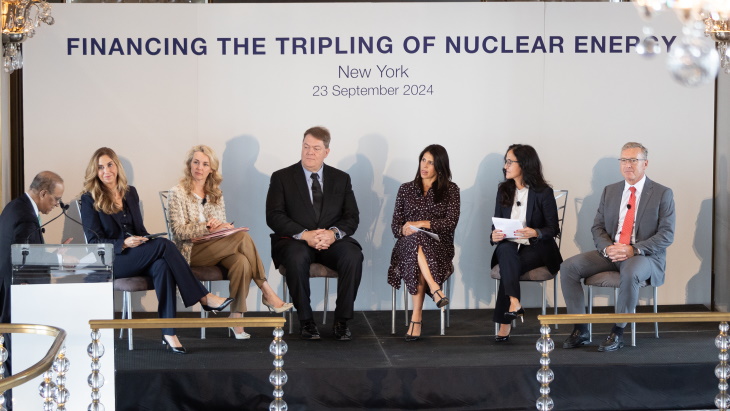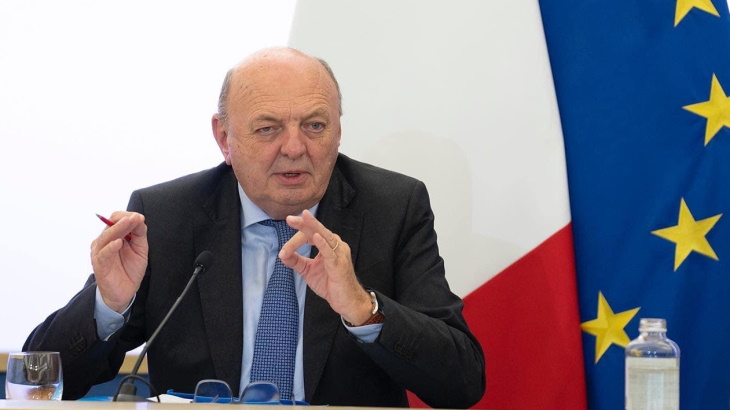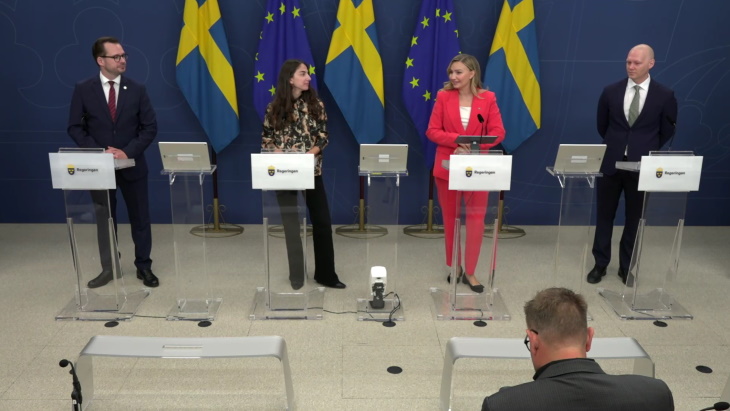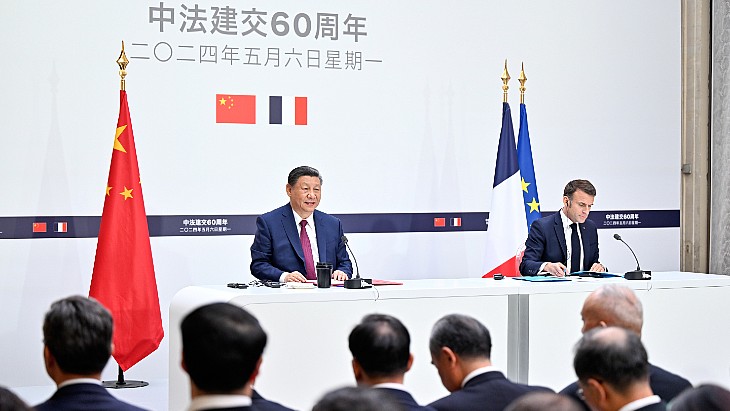Nuclear capacity could more than double by 2050, says IAEA
The long-term potential of nuclear power remains high, according to the International Atomic Energy Agency's latest high case projection, which sees global nuclear generating capacity increasing 123% by 2050 compared with its current level.
The IAEA has provided a comprehensive report on the international status and prospects for nuclear power twice a year since 2008. However, a resolution from the IAEA General Conference last year called for the report to be produced every four years, starting in 2017.
The IAEA has now published its latest report, titled International Status and Prospects for Nuclear Power 2017, which report analyses the factors that could influence the future of nuclear power, such as funding and financing, electricity markets and public acceptance.
If nuclear power's potential as a low-carbon energy source grows in recognition and advanced reactor designs further improve both safety and radioactive waste management, the use of nuclear power could grow significantly, the report says.
In its high case projection, global nuclear generating capacity increases from 392 GWe at the end of 2016 to 554 GWe by 2030, 717 GWe by 2040 and 874 GWe by 2050. Nuclear's share of global electricity generation would increase from the current level of about 11% to 13.7% by 2050. This projection - which assumes that current rates of economic and electricity demand growth, particularly in Asia, will continue - reflects that 30-35 new reactors are expected to be grid connected annually starting around 2025. This rate of connections was last seen in 1984, when 33 new reactors were connected to the grid, the IAEA noted. However, it says 33 grid connections by 2025 "would require immediate action today".
Although all regions of the world will contribute to this expansion of nuclear power, the largest growth is expected in central and eastern Asia, where capacity increases about 3.5 times by 2050, compared with current levels. Capacity in North American is expected to decrease slightly by 2050, while in Europe (excluding eastern Europe) capacity initially dips but recovers to reach 120 GWe by 2050.
The IAEA said, "The decline compared to previous projections is mainly on account of early retirement or lack of interest in extending [the] life of nuclear power plants in some countries, due to the reduced competitiveness of nuclear power in the short run and national nuclear policies in several countries following the accident at the Fukushima Daiichi nuclear power plant in 2011."
Low case projection
The IAEA's low case projection assumes a continuation of current market, technology and resource trends with few changes to policies affecting nuclear power. It is designed to produce "conservative but plausible" estimates". It does not assume that all national targets for nuclear power will be achieved.
Under this projection, nuclear capacity decreases from 392 GWe at the end of 2016 to 345 GWe by 2030, a further decrease to 332 GWe by 2040, before recovering to present levels by 2050. Nuclear's share of global electricity generation declines from the current level of about 11% to 6% by 2050.
The IAEA noted that, although this projection appears to show no net growth in installed capacity through to 2050, it does not mean there is no new construction. "In fact, even in the low case, some 320 GWe of new nuclear power capacity will be installed by 2050, making up for the loss caused by retiring reactors, albeit not necessarily in the same regions."
Mikhail Chudakov, IAEA deputy director general and head of the agency's department of nuclear energy, said: "In some countries, concerns about climate change provide an incentive to support continued operation of nuclear power plants, or are part of the argument for a new build program."
He added, "Over time advanced technologies may become commercially available for consideration as part of a low carbon energy mix. More than 30 advanced water cooled reactors are already under construction worldwide. In the meantime, and in light of increased demand for clean energy, maintaining an operating fleet is necessary in order to bridge the gap between existing and next-generation technologies."
The IAEA report notes the World Nuclear Association's vision for the future of electricity, referred to as Harmony. This is based on the International Energy Agency's 2DS scenario which aims to avoid the most damaging consequences of climate change and requires a large increase in nuclear energy. Harmony envisages a diverse mix of low-carbon generating technologies deployed in such a manner that the benefits of each are maximised while the negative impacts are minimised. The association's target for nuclear energy is to provide 25% of electricity in 2050, requiring roughly 1000 GWe of new nuclear capacity to be constructed.
Researched and written
by World Nuclear News









_66488.jpg)


